Home » HDPE Resin
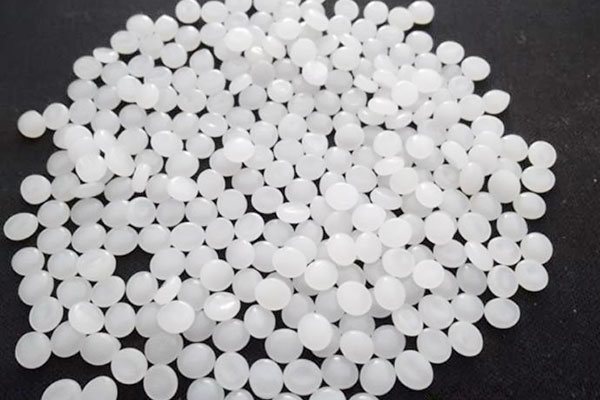
HDPE High Density Polyethylene
- CAS NO.:9002-88-4
- HS Code: 39012000
- MF: (C2H4)n
- Appearance: Milky White Granules
- HDPE resin, high density polyethylene, is a highly crystalline non-polar synthetic resin produced by copolymerization of ethylene and a small amount of a-olefin monomer. It is synthesized under lower pressure, so it is also called low-pressure polyethylene. Its molecular structure is mainly linear structure, with few branches in the molecule, high crystallinity, high density, high service temperature, hardness and mechanical strength, and its chemical resistance is good.
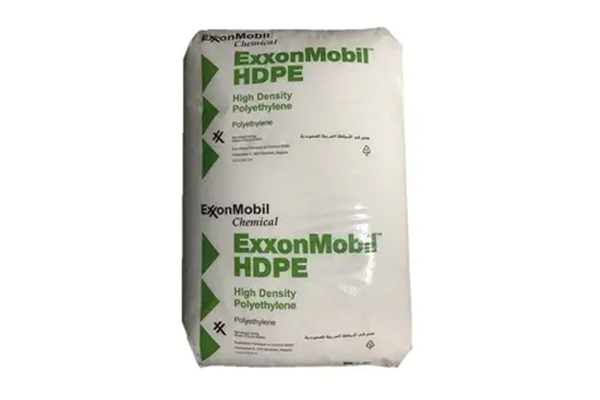
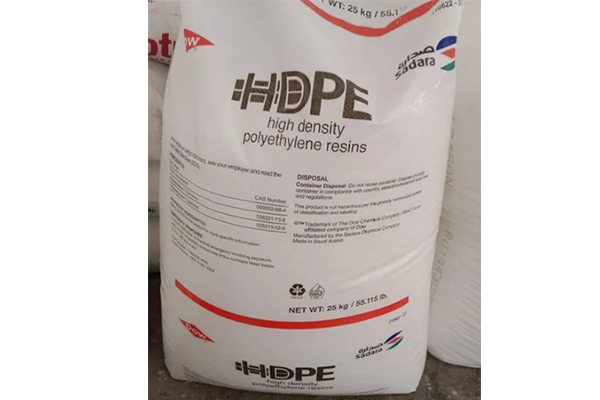
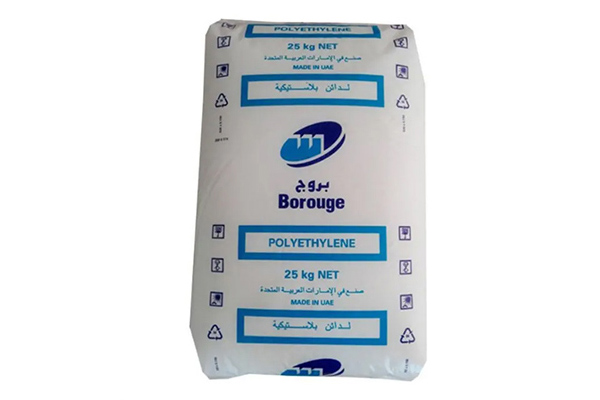
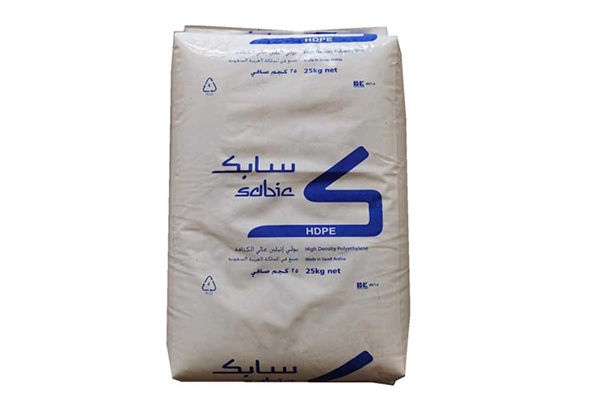
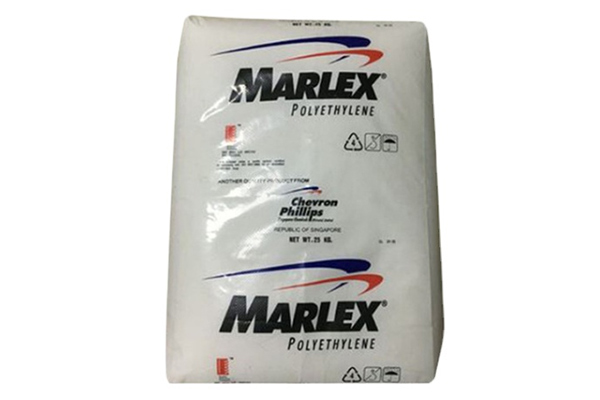
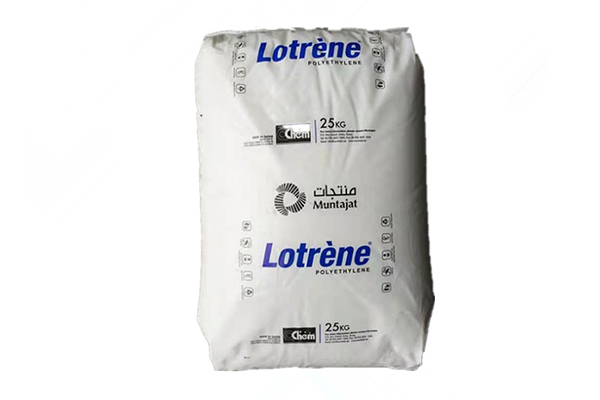
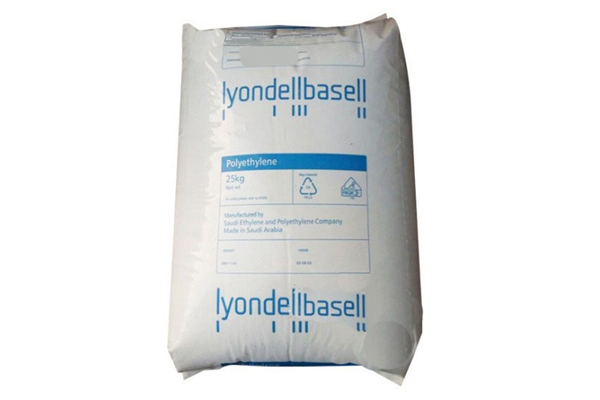







Would Like The Quotation
Leave more about your requirements, such as, brands, models, quantity, package, country, etc.
Hot Sale Models of HDPE Resin
-
Sabic HDPE
-
Marlex HDPE
-
Qapco HDPE
-
Borouge HDPE
-
Exxonmobil HDPE
-
DOW HDPE
-
LyondellBasell HDPE
| Sabic HDPE | Grade |
| blow molding | B1054, B1054M, B4660, B4660AB, B5206, B5210, B5308, B5403, B5403M, B5411, B5421, B5428, B5429, B5822, B5822M , B5823, B6246LS, BM1052J, BM6246LS, C0549, T5E01BB, T5E01BG, T5E01BN, T5E01BW, W1464, Y10048M, ICP4907S, ICP5506, ICP5602, ICP5703, M1053 |
| injection molding grade | CC027C, CC027SL, CC2056, CC254, CC3054, CC453, CC453G, CC860, CC860V, M200050, M200056, M300054, M40053S, M40055M, M40055S, M40060, M40060S, M453SE, M75056F, M80063S, M80064, M80064S, M864EG, M864SE |
| blown film applications | F00851, F00950, F00952, F00952J, F01257AM, F01552, F10750, F10851P, FI1157, FJ00952, FJ01552 |
| Film grade | F04660, F0863 |
| blow molding | F4520 |
| extrusion applications | GF1442, P4200RT, P4808N, P4808NA, P5305N, P5307N, P5410NM, P5510, P5616N, P6006, P6006AD, P6006ADM, P6006AO, P6006LS, P6006N, P6006NA, P952 |
| Marlex HDPE | |
| Blow molding | 9503H, 9503HF, 9505H, 9512H , 9513H, 9514H, 9515H, C513UV, EHM 6004, EHM 6007, HHM 4903, HHM 5202BN, HHM 5502-01ST, HHM 5502BN, HHM 5502BZ, HHM 5502LD, HHM 5502LW, HXB TR-512, HXM 50100, HXM 50100-01 |
| Injection Molding | 9004, 9005, 9010, 9010C, 9012, 9018, 9035, 9708, HMN 6060, HMN 6060UV |
| Pipe and Corrugated Extrusion | 9332, HXB TR-494, TRB-432, TRB-437LS, TRB-490 |
| Rotational Molding | TR-942, TR-945, |
| Sheet Extrusion | K606, HHM 5502-01ST, HXM 50100 |
| Blown film | 9656, 9659, TRB-115, |
| Cast film | 9607, 9608XD |
| Extrusion Coating and Lamination | 9608XD |
| Qapco/Muntajat/Lotrene HDPE | TR-144, TR-131, 5502BN, 5202BN, 50100, TR571, TR-400, K307, 3802 |
| Borouge HDPE | BB2588, HE3408, BB2581, FB5600, HE3466, HE1490 |
| ExxonMobil HDPE | HD 6601.29, HD 6605.70, HD 6704.18, HD 6706 Series, HD 6714.17, HD 6719 Series, HD 6733.17, HD 6908 Series, HD 7800P, HD 7845.30, HD 7957.04, HD 7960.13, HD 8512 Series, HD 8570 Series, HD 8660 Series, HD 8760 Series, HD 9830.02, HD 9856B |
| DOW HDPE | Model |
| HDPE KS 10100 UE, HDPE KT 10000 UE, HDPE 08454N, HDPE 17450N, HDPE 25055 |
| Lupolen® HDPE | Models |
| Blow molding grade | 4261 A, 5021 D, 5261 Z, 5261 Z HI, 5261 ZS, 5361 A , 5621 D, 6021 D |
| Injection molding grade | 5031 L, 6031 M |
| Impact grade | 5231 HX, 5236 HX |
Would Like The Quotation
Leave more about your requirements, such as, brands, models, quantity, package, country, etc.
Applications
More About HDPE Chemical
Properties of High Density Polyethylene
- Opaque white wax-like material, the specific gravity is lighter than water, the specific gravity is 0.941-0.960.
- HDPE resin is soft and tough, with a softening point of 125-135℃, but slightly harder than LDPE, and slightly elongated.
- It is non-toxic and tasteless.
- Good wear resistance, electrical insulation, toughness and cold resistance.
- At room temperature, it is insoluble in any organic solvent and resistant to acid, alkali and various salts.
- High density polyethylene PE film has low permeability to water vapor and air, and low water absorption.
- The aging resistance is poor, and the environmental stress cracking resistance is not as good as that of low-density polyethylene, especially the thermal oxidation will reduce its performance.
- It is flammable and can continue to burn after being removed form the fire. The upper end of the flame is yellow and the lower end is blue. It will melt when burning, with liquid dripping and no black smoke. At the same time, it emits the smell of paraffin burning.
- Surface hardness, tensile strength, rigidity and other mechanical strength are higher than LDPE, close to PP, tougher than PP, but the surface finish is not as good as PP.
- High density PE is an environmentally friendly material that can be recycled and reused when heated to its melting point. Because it is extremely easy to process and has minimal degradation characteristics, HDPE resin is the fastest growing segment of the plastic raw material recycling market.
What Is HDPE High Density Polyethylene Used For
- HDPE resin has countless applications, ranging from reusable thin-walled beverage cups to large-capacity cans.
- Using injection molding, blow molding, extrusion molding, rotational molding and other molding methods to produce film products, daily necessities and industrial supplies.
- Various types of containers, industrial accessories, medical supplies, toys, shells, bottle stoppers and shields can be formed by injection molding.
- Blow molding type HDPE resin can be used to form various hollow containers, ultra-thin films, etc.
- Extrusion type high density PE can be used to form tubing, stretch tape, strapping, monofilament, wire and cable jacketing and more.
- In addition, it can also form architectural decorative panels, shutters, synthetic wood, synthetic paper, synthetic film and formed calcium-plastic products, etc.
- Injection molding grade HDPE granules generally have a melt index of 5-10, and there are lower fluidity grades with toughness and higher fluidity grades with machinability. Applications include thin-walled commodity and food packaging, tough, durable food and paint cans.
- High resistance to environmental stress cracking applications such as small engine fuel tanks and trash cans.
- Used to extrude packaging films, ropes, woven bags, fishing nets, water pipes.
- Injection molded non-load-bearing components, plastic boxes, turnover boxes.
- In the field of pipe applications, the most promising field is the field of gas pipes. High-density polyethylene material has strong toughness and good toughness, and can complete bending, welding and other processes, which greatly facilitates the installation of pipelines and saves manpower and financial resources.
Effects of Density on HDPE Resin Performance
If density increases, its tensile strength, toughness, softening temperature and chemical resistance also increase. However, its low temperature impact strength, elongation and permeability will decrease accordingly.
If its relative molecular weight increases, its melt viscosity will also increase, which will bring certain difficulties to its molding process.
Structural Characteristics of High Density Polyethylene HDPE Resin
- The molecular chain structure of HDPE is simple and symmetrical, containing only a very small amount of short chain branches. The simple and symmetrical main chain structure is conducive to crystallization, so HDPE has the highest crystallinity and the highest density. Both crystallinity and grain size are relatively large. Therefore, HDPE has the highest crystalline melting point, the highest strength and hardness.
- HDPE resin includes both homopolymers of ethylene, copolymers of ethylene and a small amount of α-olefin. Industrially produced HDPE has a wide range of relative molecular weights, ranging from hundreds of polyethylene waxes to millions of ultra-high molecular weight polyethylenes. The crystallinity and relative density of the resin mainly depend on the degree of short-chain branching in the polymer chain, and are also related to the relative molecular mass.
- The density range of HDPE resin is 0.941-0.960g/cm3. Although high molecular weight polyethylene is a homopolymer of ethylene with no branching at all. However, due to its high relative molecular mass, its crystallinity is low and its density is only 0.93 g/cm3.
Molecular Structure of High Density PE
- Depending on the application, HDPE can be produced completely without branching, such as injection molding grade and blow molding grade.
- It can also be produced by copolymerization with α-olefins containing a small amount of branched copolymers.
- One end group of HDPE molecule is a methyl group, and the other end group can be a methyl group or a double bond, usually a vinyl group.
- The number of branched chains of HDPE molecules is low, usually 5-10 branched chains per 1000 carbon atoms.These branched chains are relatively short and are methyl, ethyl or n-butyl groups. Their existence is usually related to a small amount of α-olefin impurities in the raw material ethylene.
- The degree of branching is an important feature of HDPE resin structure, and together with the relative molecular weight, it affects many physical and mechanical properties of the resin.
- The relative amounts of the different chain lengths depend primarily on the production technology and the type of catalyst used for the polymerization. The MWD width of HDPE resin can be customized according to specific application requirements.
Reactivity of HDPE Chemical
HDPE chemical is a saturated linear hydrocarbon with very low chemical reactivity.
The most active parts in the HDPE molecule are the double-chain end groups and the CH chains at the branch points on the polymer branch chains.
HDPE doesn’t react with most organic and inorganic acids. Because of its stability to hydrofluoric acid, it is the most suitable material for the container of hydrofluoric acid solution.
The concentrated solution of sulfuric acid can slowly react with HDPE under heating conditions to form sulfonated substitutes. It can be nitrated by concentrated nitric acid and its mixture with sulfuric acid at room temperature.
HDPE is the most stable in any concentration of alkaline solution or salt solution.
At room temperature, HDPE is insoluble in any known organic solvents, but when the temperature is higher than 80-100°C, most HDPE resin can be dissolved in some aromatic hydrocarbons, aliphatic hydrocarbons and halogenated hydrocarbons.
Degradation Characteristics of HDPE Resin
Thermal degradation. HDPE is relatively stable when heated. Under anoxic conditions, the chemical reaction is only obvious at 290-300 degrees Celsius. The thermal cracking of HDPE is a free radical cleavage reaction of C-C bonds. The reaction lowers the relative molecular weight of the resin and introduces vinyl groups into the polymer chain, producing low molecular weight hydrocarbons.
Thermo-oxidative degradation. Oxygen attacks HDPE molecules in a series of free radical reactions at high temperatures. These reactions reduce the relative molecular weight of the resin and introduce oxygen-containing groups such as hydroxyl and carboxyl groups in the polymer chain. The oxidative degradation of HDPE is mainly caused by impurities, which are mainly catalyst residues containing transition metals such as titanium and chromium. In order to avoid thermo-oxidative degradation, antioxidants, that is, free radical inhibitors, such as naphthylamine and phenylenediamine, should be added to the resin.
Photooxidative degradation. Although HDPE itself has poor ability to absorb ultraviolet light, the polar products produced by degradation can react with oxygen faster, thus accelerating the additional free radical reaction. The photooxidative degradation of HDPE resin causes aging, surface cracking, embrittlement, discoloration and other phenomena, and at the same time significantly damages its mechanical and electrical properties. This process can be slowed down with light stabilizers that protect the resin and absorb UV rays.
Directionality of HDPE Granule
Most HDPE products, including films, fibers, tubing and injection molded products, exhibit some degree of molecular and crystalline orientation.
Some orientations arise spontaneously, such as during the flow of the melt into the mold and subsequent crystallization. However, in fiber and film manufacturing, orientation is created by a stretching operation.
There are two forms of orientation in HDPE products. When the film and fiber are uniaxially stretched below the melting point, the c-axis of the crystal is always oriented in the stretching direction, and the degree of orientation increases with the stretching ratio, which can be close to 100%. The second mode of orientation occurs during light stretching at the onset of crystallization, typical conditions for blown film production.
Processing Characteristics of High Density Polyethylene
- In terms of mechanical properties, because the main chain of HDPE has few and short branches and high crystallinity, its tensile strength and hardness are better than LDPE. However, the impact strength is lower than that of LDPE.
- In terms of thermal performance, HDPE has the best thermal performance. The maximum operating temperature can reach 100°C without stress, and the minimum operating temperature is -70-100°C.
- In terms of chemical properties, HDPE has better solvent resistance than LDPE.
- In terms of air permeability, the air permeability of HDPE is only one-fifth of that of LDPE.
- Processing performance. The plasticizing temperature of HDPE injection molding is 180-250°C, the mold temperature is 50-170°C, and the injection pressure is 80-100MPa. The extrusion molding temperature is 165-260℃, and the extrusion pressure is 35-140MPa. The blow molding temperature is 170-190℃, and the ultra-thin film molding temperature is 180-230℃. The linear shrinkage ratio of HDPE during processing and molding is 2%-5%.
Factors Affecting Mechanical Properties of HDPE Resin
The relative molecular mass, MWD, orientation, morphology, and the degree of branching that determines the crystallinity and density of the resin, all have important influence on the mechanical properties of the resin.
Effect of relative molecular mass and MWD. All the elements that make up the form of HDPE resin are connected into a whole by two types of forces. One force is the van der Waals force between adjacent molecular chains in the polymer crystal, and the other is the tethering of molecules from one building block to another. Only sufficiently long molecules can act as such ties, without them the spherulites would be discrete. Because of this, low molecular weight HDPE is brittle. Further increasing the relative molecular weight of the resin will significantly reduce the elongation at break and significantly increase the tensile strength. At the same time, the relative molecular mass also affects the impact strength of HDPE products.
Influence of degree of branching. When the degree of branching of HDPE increases, its crystallinity and lamellae thickness decrease, and this change obviously changes the mechanical properties of HDPE resin. The two properties most affected are tensile strength and tensile elongation. As the degree of branching increases, HDPE resin becomes softer and more elastic.
Directional impact. Orientation has an important influence on the mechanical properties of HDPE. Products of the same cross-section were made with highly oriented and non-oriented HDPE resins, with the former about 10 times stronger than the latter. This phenomenon can be explained by the theory that the mechanical strength of polymers is determined by the number of links between crystals. In the process of polymer stretching and breaking away from its initial shape, the number of links between crystals increases significantly, and the strength of the polymer is thus significantly enhanced. Orientation can also significantly increase the rigidity of the polymer, and the elastic modulus of highly oriented HDPE filaments can be increased by about 6 times.
About HDPE Supplier - Chemate
Our company has been engaged in the wholesale business of plastic products for many years. As a reliable HDPE Supplier, we can provide a variety of models from many well-known HDPE resin manufacturers. So, you just need to tell us the brands (including China and other countries, Lotrene, Marlex, Sabic, DOW, Borouge, Sinopec, etc. ) and models you need, and we will give you the best HDPE price as soon as possible.
Tell us the models you need, we will reply you as soon as possible.
- Email: sales@chemategroup.com
- Tel: 0086-371-60921621
- Whatsapp: +86 18624832876
- Wechat: +86 18624832876
- ADD: NO.80 PUHUI ROAD,ZHENGZHOU CITY, HENAN PROVINCE, CHINA
